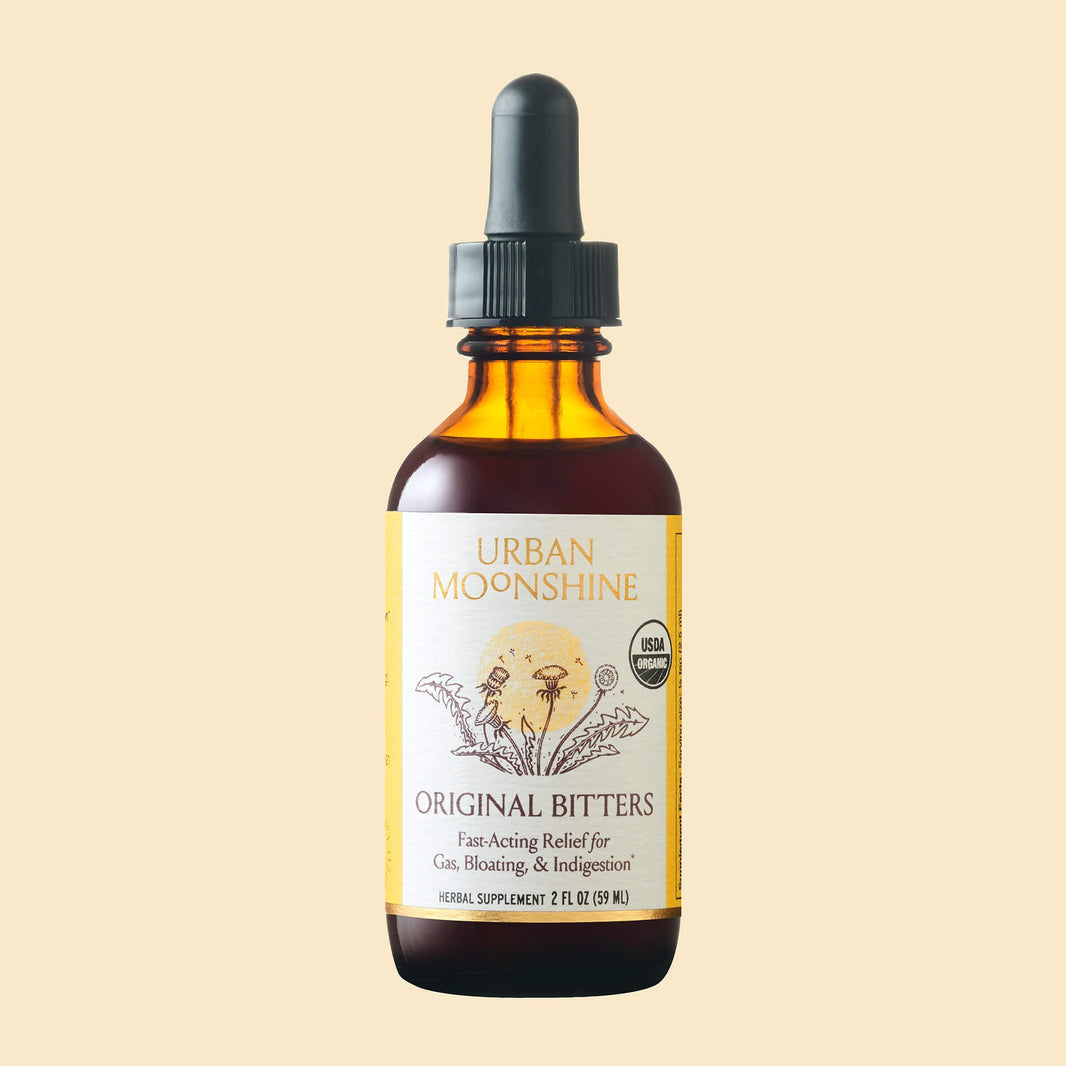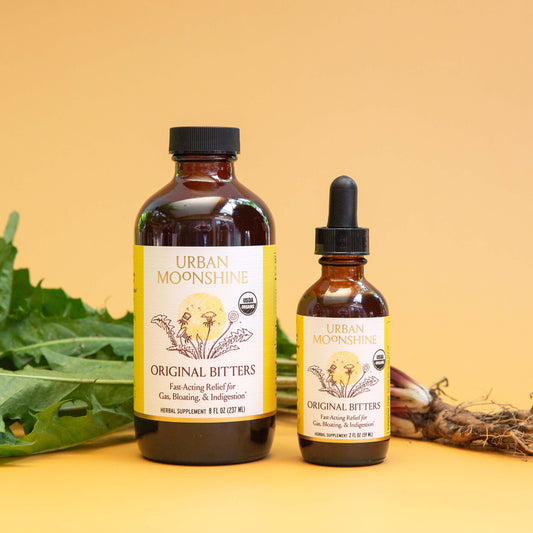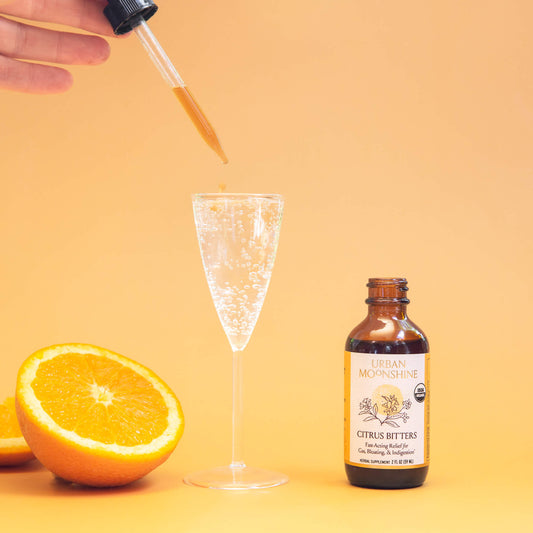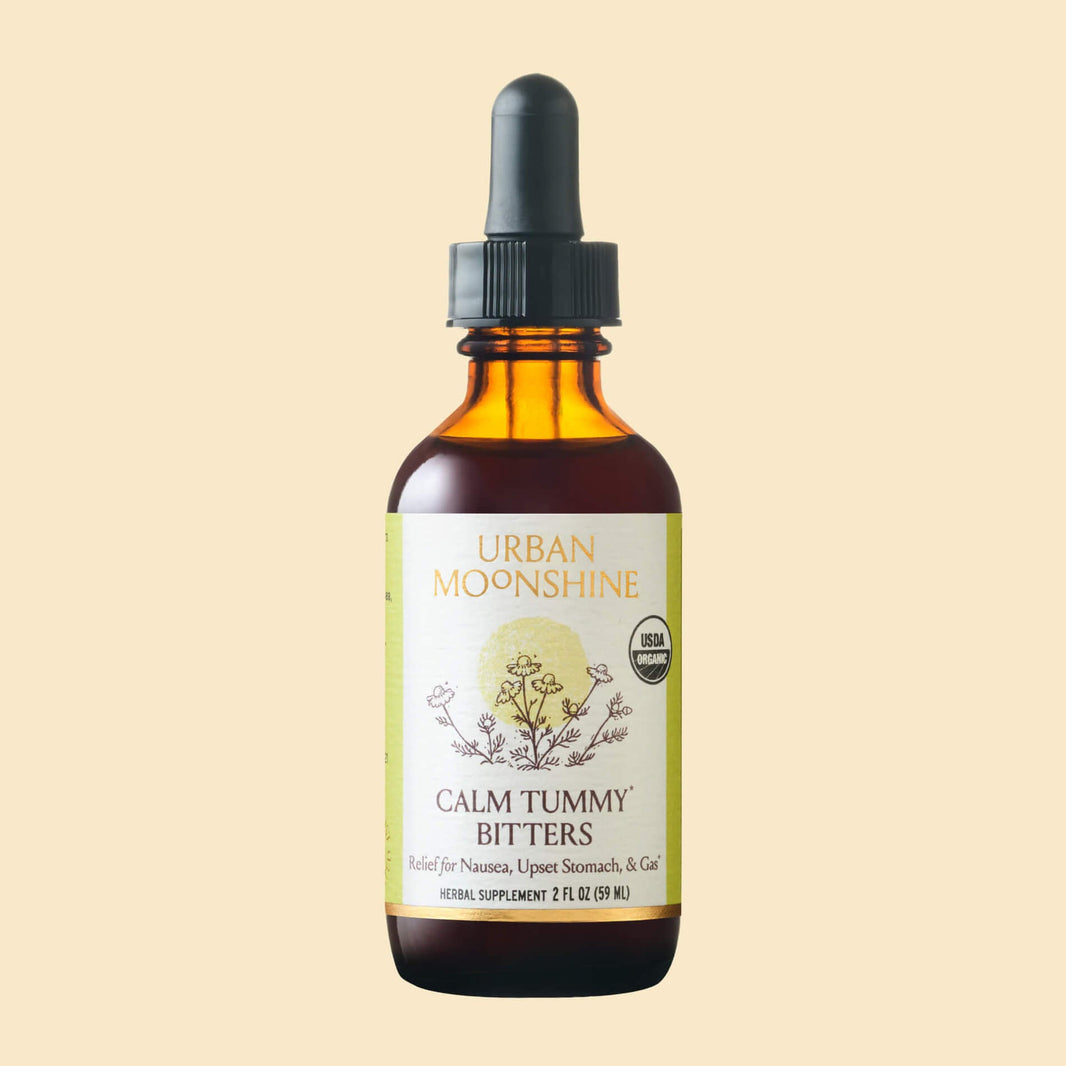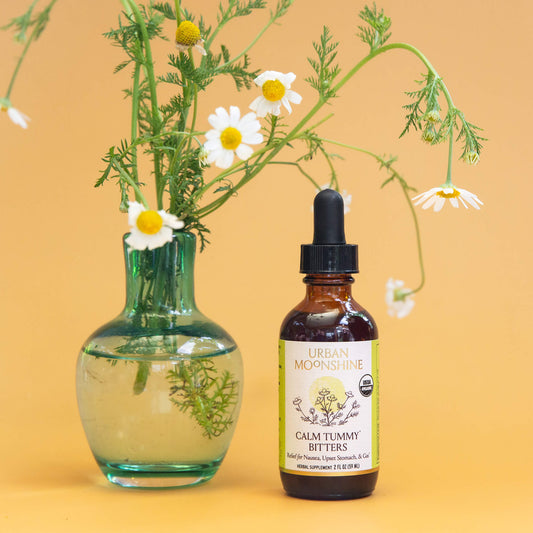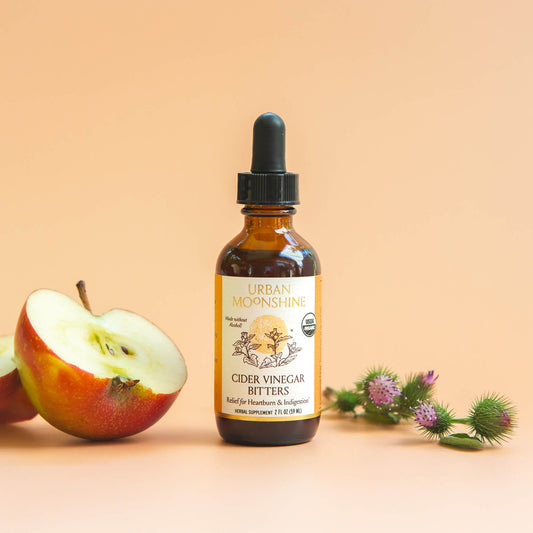Folk preparations evolved over the years, but the value of bitters for digestive support and as antidotes to what might harm us was always recognized. Some formulas gained more attention: from the amari of Italy, to the famous Swedish bitters, to bitter melon chutney, these classic preparations became cultural staples.
As global trade began to expand, exotic herbs and spices made it into the mix, and we see the rise of now-famous brands such as Angostura and Peychaud’s. Though we think of them as cocktail mixers now, these blends are so much more than that: clearly digestive bitters, they were originally marketed as tonic medicines. In fact, tonic water—a quinine-based bitter preparation - was as much a medicine as it was a drink back in the 19th century.
Today, we are seeing a fantastic resurgence of bitters across the bar and medicine world. The riot of flavors, colors, and spices available was unheard of twenty years ago. Our hope is that, as more folks begin to appreciate that bitter is indeed better, we’ll see renewed interest in the health benefits they can provide.

















